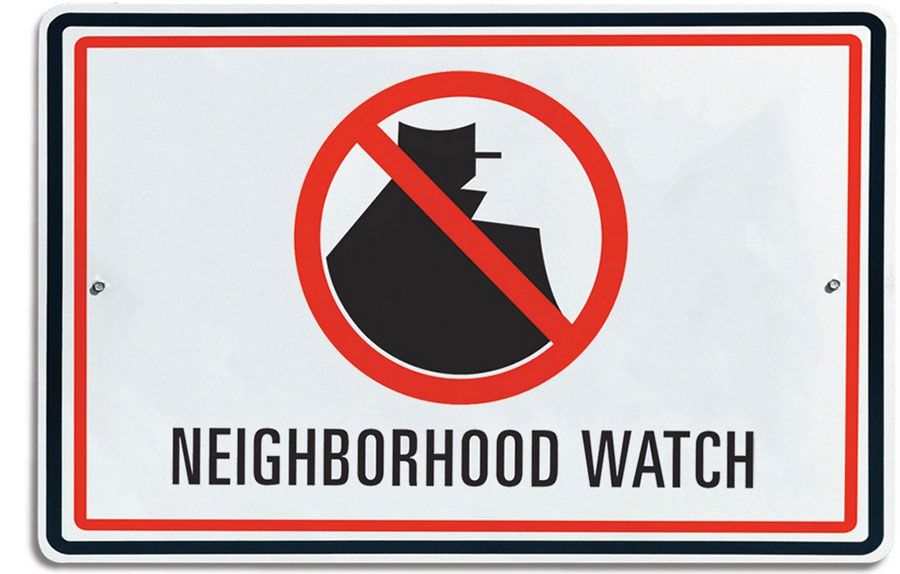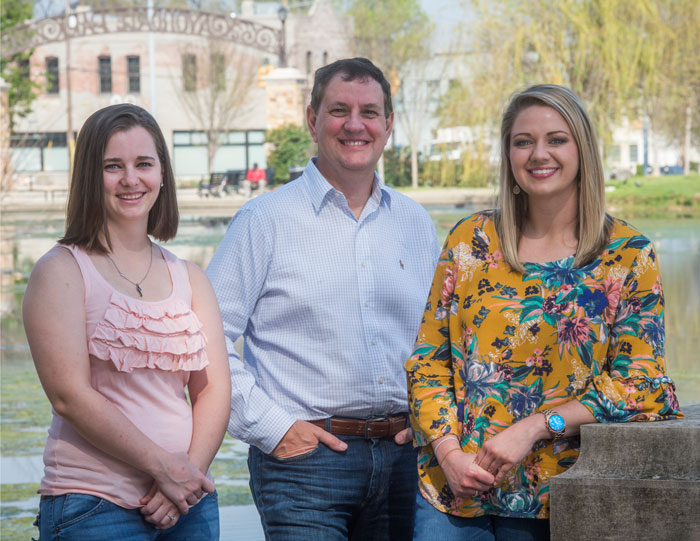Written by: UAB Magazine
 What makes a neighborhood prone to high levels of crime? Why do some areas of a city suffer worse than others? Most of us think we know the answer: It’s because of poverty. Drugs. Absentee fathers. Not enough police presence, or maybe too much.
What makes a neighborhood prone to high levels of crime? Why do some areas of a city suffer worse than others? Most of us think we know the answer: It’s because of poverty. Drugs. Absentee fathers. Not enough police presence, or maybe too much.
But some other reasons might surprise you. Do street networks and public transportation easily connect the neighborhood to the rest of the city, providing access to jobs, health care, and even grocery stores? What about parks, which offer an outlet for recreation and healthy activities while improving property values?
Such factors impact “the ability of the neighborhood to survive,” says Jeffery Walker, Ph.D., chair of the Department of Criminal Justice in the UAB College of Arts and Sciences. This spring he introduced a new course—Crime and Place—that explores both the physical and social roots of neighborhood decline. The big-picture approach could inspire new strategies to prevent crime and rescue areas at risk, he says. “We have pieces of data,” he explains. “Now we’re working to fit it all together.”
Multiple motivations
 Deidra Soens (left) and Chelsea Avery (right) learned to look beyond headlines and statistics in a course led by Jeffery Walker (center).
Deidra Soens (left) and Chelsea Avery (right) learned to look beyond headlines and statistics in a course led by Jeffery Walker (center).
For Chelsea Avery, a senior majoring in criminal justice from McCalla, Alabama, the course helped her break down common misconceptions about crime and take a nuanced look at the problems communities face. “News and politicians often view high-crime areas as consisting of ‘thugs’ whose sole purpose is to commit crimes,” says Avery, who plans a career in crime analysis or criminal investigations. “This is hardly the case. Many factors are associated with crime. In the same area, there may be three burglaries, but one person may do it to support a drug habit, one may do so simply because he sees an opportunity and acts on it, and one may do so to support his family.”
That’s the kind of conversation Walker encourages amid lectures on criminology theories and the life cycle of cities, among other topics. Deidra Soens, a senior criminal justice major from Warrior, Alabama, describes the classroom environment as highly interactive. Rather than saying, “‘this is what we do and why,’ we discuss issues,” she says. “If Professor Walker could, he would have us talk the entire time.” Soens, an intern in UAB’s computer forensics lab, says Walker’s rigorous research appeals to her interest in finding patterns to brainstorm solutions.
Saving neighborhoods
Walker classifies neighborhoods into four categories: low-crime, emerging, transitional, and enduring. “Emerging” areas are those beginning to show subtle but ominous signs, such as a rise in juvenile arrests. “Transitional” areas are further along the spectrum, but they could still benefit from intensive, strategic interventions; otherwise, they’re likely to become “enduring” areas—as in enduring high crime. “When you get to the enduring stage,” Walker says, “pretty much all you can do is bulldoze the area and start over.”
He advocates focusing resources on transitional neighborhoods before they reach the point of no return—with a caveat. As Walker tells his students, slowing crime requires a systemic approach.
“We have a tendency to try one solution,” Walker says. “But if you say, ‘we’re going to send in a bunch of police,’ it doesn’t help. Sometimes it makes things worse.” Instead, he’s seen success in building support systems for people living in transitional communities—programs that address school-related problems, provide after-school activities, or help residents voice their concerns, for example.
In the 1990s, when Walker taught at the University of Arkansas at Little Rock, he helped introduce an initiative aimed at providing more social services through neighborhood “alert centers.” In them, a community police officer resolved problems and built relationships with residents, and a representative from the mayor’s office helped with things like enforcing building codes so that residents weren’t living in intolerable conditions. Rising crime stems from both social and physical factors.
“It was an anchoring place,” says Walker, who credits one neighborhood alert center with helping to keep crime down for more than a decade. (He has proof: When the city declared the alert center a success and closed it, crime increased again.)
In Birmingham, Walker points to the Park Place apartment community downtown as the neighborhood rehabilitation effort that might have the best chance at long-term success. Built with federal HOPE VI funds and opened in 2005, the brand-new Park Place replaced the dilapidated Metropolitan Gardens housing project. The mixed-income community has residents who receive housing subsidies living side by side with others paying full market rate. Park Place also has benefited from good timing: Since it was built, downtown has become a popular place to live, with residents drawn to new restaurants and amenities like Railroad Park and urban walking trails. So Park Place not only provides good housing to people who once lived in one of the city’s most dangerous areas, but it also places them in a safer environment with better access to jobs and community resources, Walker says.

Tough choices
But Park Place isn’t perfect. It was unable to absorb the full population of Metropolitan Gardens because it has fewer units—a difficult trade-off made to prevent a recurrence of overcrowding.
Walker’s students quickly learn that there are no magic bullets or one-size-fits-all approaches to lowering crime rates in any given neighborhood. When Walker recommends focusing on transitional neighborhoods over those deeply entrenched in crime, for instance, it can sound counterintuitive—skipping over the worst-off communities to reach out to those showing more promise. “But the hope lies in the fact that we can do things in emerging and transitional areas to keep crime low,” he says. “And if we can keep crime low long enough, then maybe we can learn how to reduce and stop it.
“It’s kind of like health care,” Walker continues. “We may not have a cure for cancer, but if we can help people live longer, then we might be able to figure it out.”